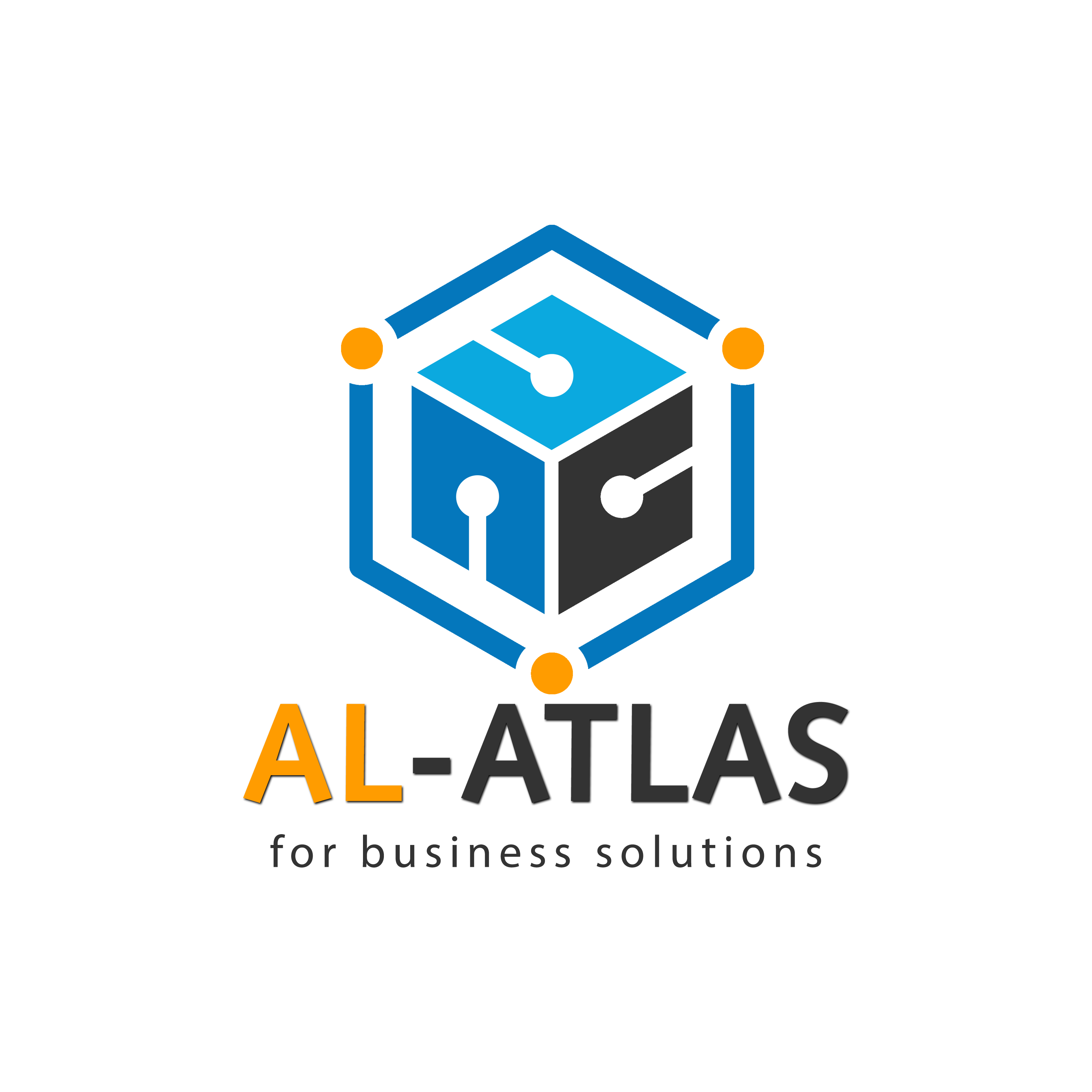Enter the Market
Need Help to Enter UAE Market ? Let Us Help You Simplify the Process. Request a Free Consultation Now!
Project Completed
Years of Experience

Logistics :
End-to-end logistics solutions from product receipt to point-of-sale.
- Planning and Strategy: This stage involves developing a logistics strategy that aligns with overall business objectives. It includes decisions about transportation modes, warehouse locations, inventory levels, and order fulfillment processes.
- Order Processing: Businesses receive orders from customers, and the logistics cycle involves processing these orders, confirming product availability, and determining the most efficient way to fulfill them.
- Inventory Management: Managing inventory levels is crucial for efficient logistics. This includes determining how much stock to keep, where to store it, and when to reorder to meet demand while minimizing carrying costs.
- Warehousing: Goods often pass through warehouses as part of the logistics cycle. Warehouses serve as storage facilities, providing a central location for inventory and facilitating the efficient movement of products.
- Transportation: Logistics involves selecting the most appropriate transportation methods (e.g., truck, rail, air, sea) for moving goods from one location to another. Efficient transportation is key to meeting delivery schedules and minimizing costs.

Distribution :
- Manufacturing/Production: The cycle begins with the manufacturing or production of goods. Manufacturers create products based on market demand and forecasts.
- Storage/Warehousing: Once produced, goods are typically stored in warehouses before distribution. Warehousing helps manage inventory and ensures that products are available when needed.
- Order Processing: When customer orders are received, the distribution cycle involves processing these orders. This includes verifying product availability, confirming payment, and preparing the products for shipment.
- Picking and Packing: Warehouse staff pick the ordered items from inventory and pack them securely for transportation. This stage is crucial for accuracy and efficiency in fulfilling orders.
- Shipping/Transportation: The packed goods are transported from the warehouse to distribution centers or directly to retailers. Transportation methods vary and may include trucks, trains, ships, or planes, depending on the distance and urgency.
- Distribution Centers: In some cases, products may pass through distribution centers where they are sorted, consolidated, and then forwarded to their final destination.
- Retailers/Wholesalers: Goods are delivered to retailers or wholesalers, depending on the distribution model. Retailers sell directly to consumers, while wholesalers may distribute products to other businesses or retailers.
- Point of Sale (POS): Consumers purchase products at the point of sale, which can be a physical store, online platform, or other sales channels.
- Customer Service: After the sale, businesses provide customer service, handle returns, and address any issues or concerns.
- Post-Sales Support: This involves ongoing support such as maintenance, warranty services, or additional assistance to ensure customer satisfaction and loyalty.
argeting industrial, food, and beverage sectors with precision distribution services.

Marketing
- Product Development/Modification: Based on market research, companies develop new products or modify existing ones to meet consumer demands.
- Brand Development: Creating a strong brand identity is crucial for marketing success. This includes developing a brand strategy, designing a brand image, and establishing brand awareness.
- promotion and Advertising: Companies use various channels to promote and advertise their products or services. This may involve digital marketing, traditional advertising, public relations, and other promotional activities.
- Sales Strategy: Developing a sales strategy involves determining pricing, distribution channels, and sales tactics to maximize revenue.
- Customer Acquisition: Implementing strategies to attract new customers and expand the customer base.
- Customer Relationship Management (CRM): Building and maintaining positive relationships with customers through effective communication, customer service, and feedback mechanisms.
- Data Analysis: Analyzing marketing data to measure the effectiveness of campaigns, understand customer behavior, and make data-driven decisions.
- Market Feedback: Gathering feedback from customers and the market to continuously refine marketing strategies and improve products or services.

ERP Systems
- Business Process Mapping: Identifying and mapping all business processes within an organization, including finance, human resources, supply chain, manufacturing, and more.
- System Selection: Choosing an ERP system that aligns with the organization’s needs and requirements. This involves evaluating various ERP software options.
- Implementation: Installing and configuring the chosen ERP system. This is a complex process that may involve customization, data migration, and training for employees.
- Data Integration: Ensuring that the ERP system can integrate seamlessly with other systems and databases within the organization.
